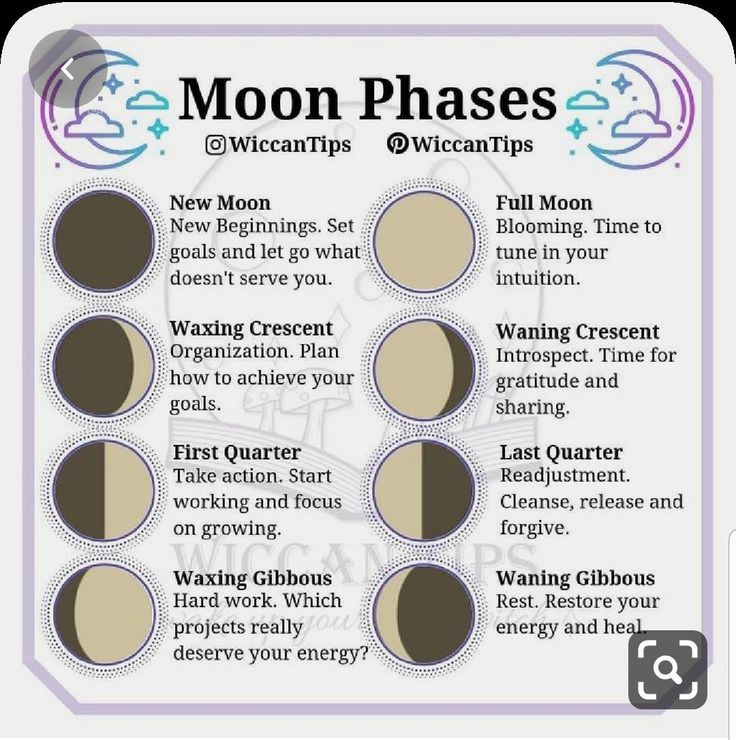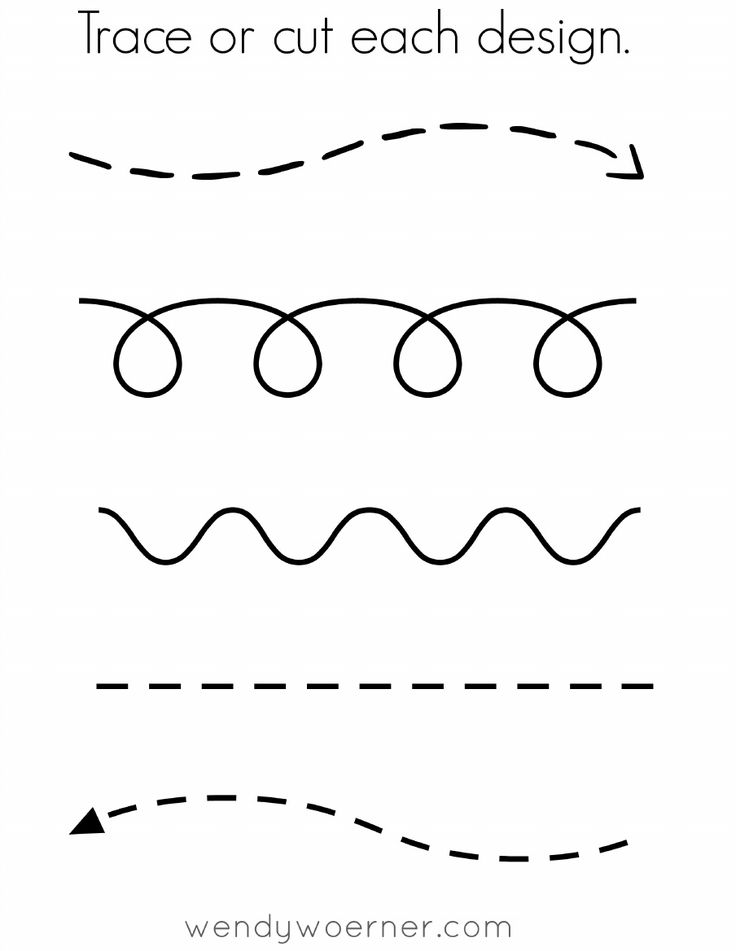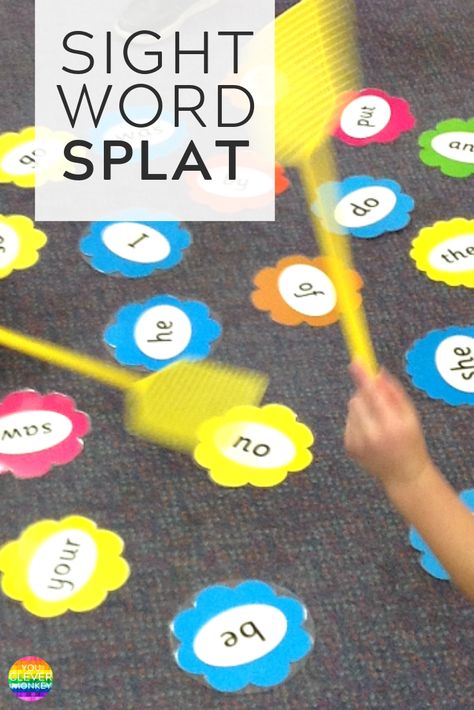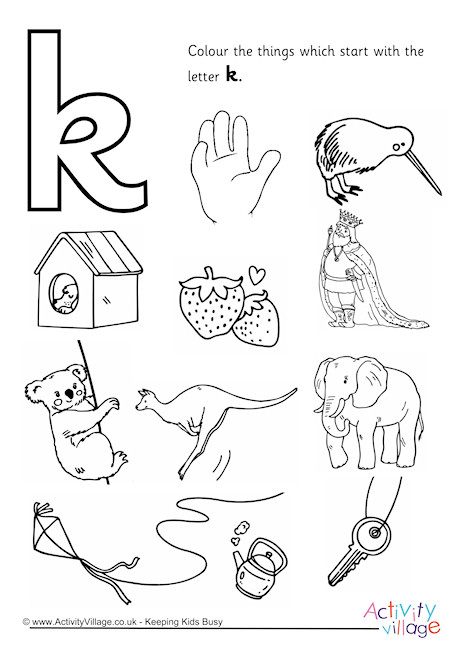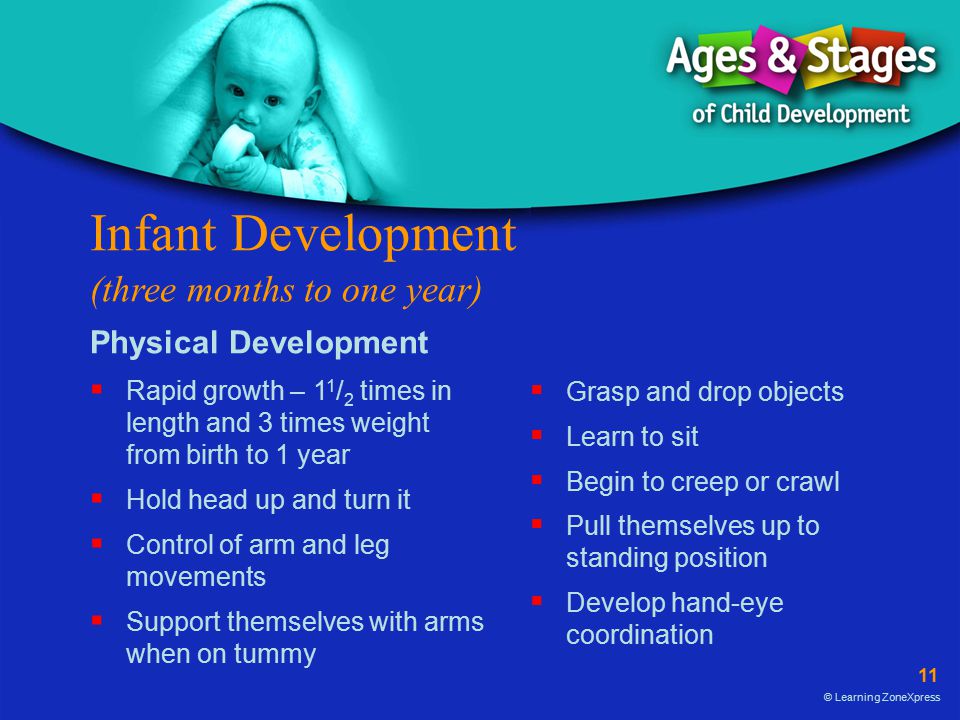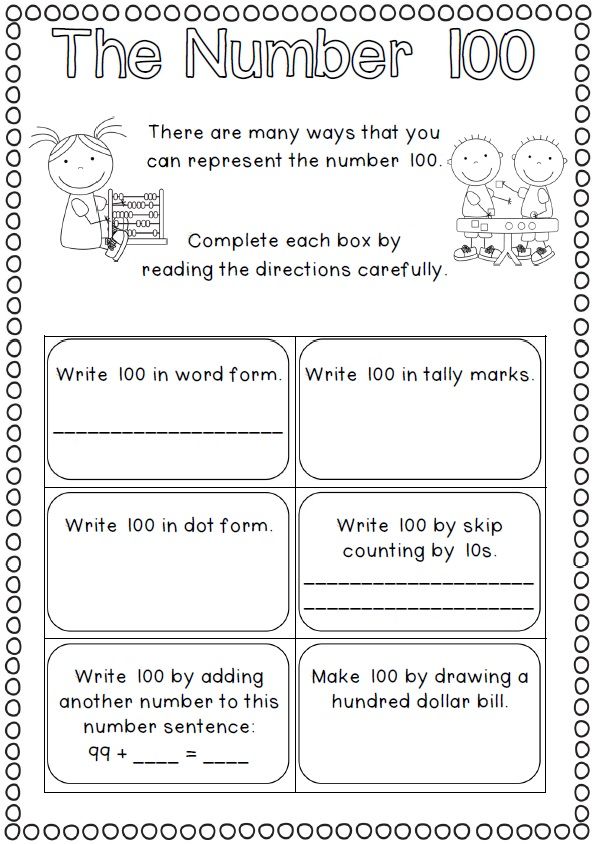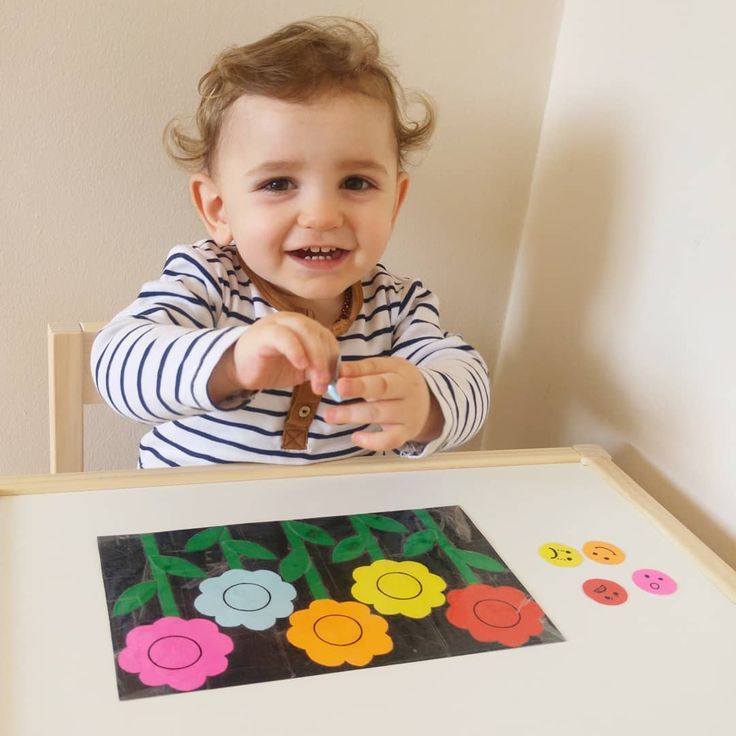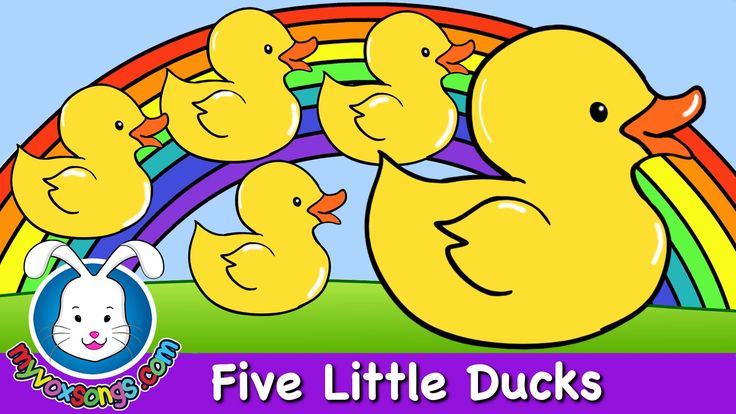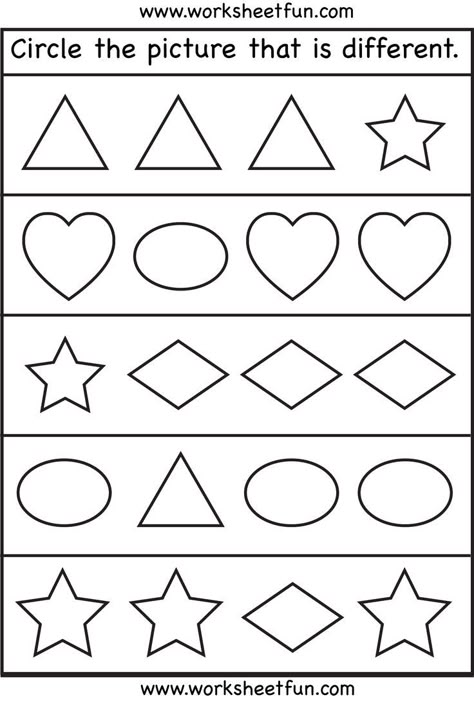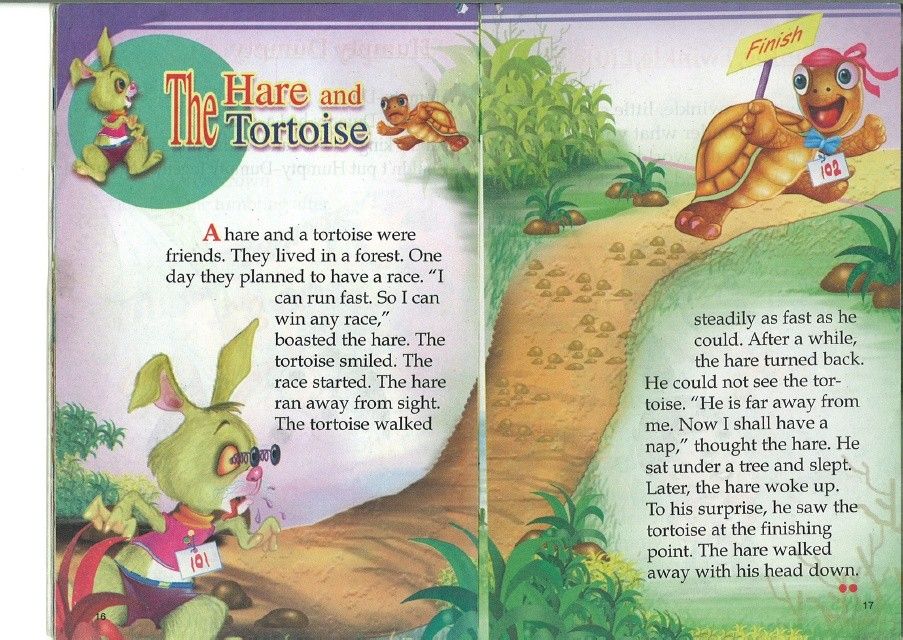Skills for first graders
First grade skills checklist
- Reading & Writing
- Mathematics
- Logic & Problem Solving
- Science
- Social Studies
- Creativity & Life Skills
- Personal & Social Skills
Is your child ready for first grade? See our checklist of essential developmental skills kids need to succeed.
Is your child ready for first grade? This simple question can send otherwise rational adults into a tailspin. Although every child is special and unique and develops at their own pace, there are certain skills and knowledge sets that most educators and developmental experts agree are essential for social and academic growth, development, and achievement in school. As you look through the following checklist of essential developmental skills children need before they enter first grade, please keep in mind that young children need continued opportunities to attain any new skill; a “one-shot” approach to teaching is not sufficient for building a strong base of attitudes, aptitudes and abilities.
Social skills
- Shows confidence in self and demonstrates a sense of self-worth
- Follows rules and routines at home and in kindergarten
- Uses materials purposefully and respectfully
- Comfortably adapts to changes
- Shows eagerness and curiosity as a learner
- Sustains attention to a single task over a period of time
- Works, plays and shares with others
- Interacts easily with familiar adults
- Participates in group activities
- Respects the feelings and rights of others
- Uses words to resolve conflicts
- Seeks adult help when needed
Reading & comprehension
- Shows independent interest in reading-related activities
- Listens with interest to stories read aloud
- Retells a simple story
- Recognizes the association between spoken and written words
- Recognizes all the letters of the alphabet in order
- Distinguishes between and prints capital and lowercase letters
- Associates letters and sounds
- Distinguishes likenesses and differences of letter sounds in spoken words
- Recognizes rhymes and rhyming patterns
- Makes predictions about a story or passage based on the title and/or pictures
- Identifies words and constructs meaning from picture clues in text
- Identifies basic sight words
- Distinguishes fact from fiction
- Begins to understand basic characteristics of fables, stories and legends
- Identifies story elements of setting, plot, character and conflict (where, when, what, who and why)
- Uses personal perspective in responding to stories, such as relating to characters or situations
- Begins to understand simple punctuation marks (period, question mark, etc.
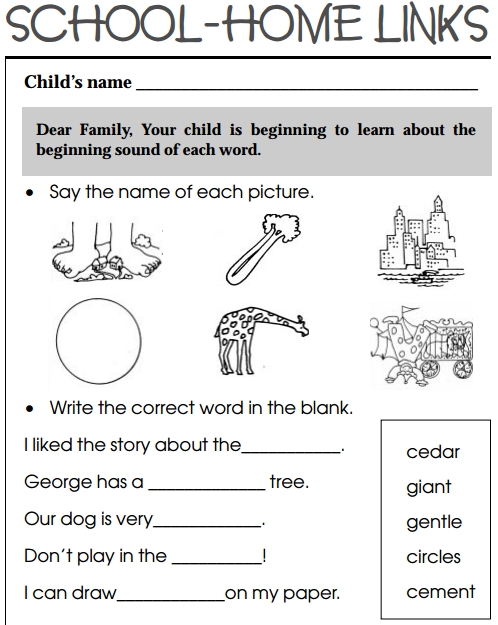 )
) - Locates the title, author name, illustrator name and table of contents
- Sorts common words into categories (e.g., food, colors, shapes)
Writing
- Reads and writes own name
- Tells a story using pictures
- Uses letters or shapes to depict words or ideas
- Writes familiar words
- Copies or writes words to convey messages
- Participates in group dictated stories
- Builds simple words and sentences
- Demonstrates left-to-right progression, and top-to-bottom progression
- Handles writing tools correctly
Language & listening skills
- Understands and follows simple directions
- Listens to others for short periods of time without interrupting
- Recites nursery rhymes, finger plays and songs
- Participates in discussions and conversations
- Asks questions
- Speaks clearly to convey messages and requests
- Distinguishes between asking and telling
- Distinguishes between formal and informal language (with peers, at home vs.
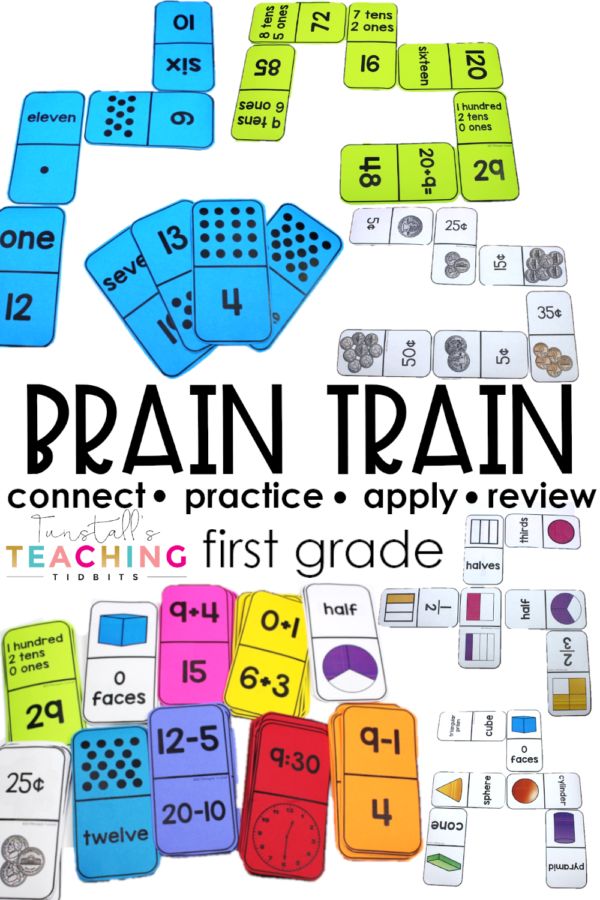 at school)
at school) - Uses complete sentences
- Composes oral stories
- Retells a simple story with basic elements of beginning, middle and end
Numbers, operations & problem solving skills
- Names numerals 0 through 30
- Writes numerals 0 through 20
- Uses counting skills to add to 10
- Classifies and compares objects
- Recognizes, duplicates and extends patterns and relationships of objects, symbols and shapes
- Collects data and makes records using lists or graphical representations
- Shows interest in solving mathematical problems
- Solves problems by guessing and checking using manipulatives or fingers
Geometry & measurement
- Becomes familiar with common instruments for measuring time and temperature (e.g., rulers, thermometers)
- Estimates and measures real quantities using non-standard units (blocks or paperclips)
- Understands and uses comparative words (long and short, heavy and light, etc.
 )
) - Identifies, labels and creates a variety of shapes
Math in action: Telling time, counting money
- Shows an understanding of the calendar and time
- Knows the days of the week and months of the year
- Knows the value of a penny, nickel, dime and quarter
Social studies
- Understands the concept of history as real stories of other times, events, places and people
- Understands broad categories of time (past, present and future)
- Knows different methods of communication from long ago to present day (oral, pictographs, etc.)
- Understands the concept of historical contributions by historical figures
- Has a basic awareness of other cultures and cultural traditions
- Knows significant individuals in United States history
- Knows people and events honored in commemorative holidays
- Recognizes American symbols (the eagle, Liberty Bell, the flag, etc.)
- Recognizes that people use maps, globes and other models to identify and locate places
Science
- Forms conclusions based on comparisons, sense observations and exploration
- Knows that the Sun supplies heat and light energy to the Earth
- Recognizes basic patterns in weather
- Recognizes how people impact the Earth, including concepts of conservation, recycling and reducing pollution
- Understands that all living things have basic needs
- Distinguishes between living and non-living things
- Recognizes how living things change as they grow and mature
- Compares and describes the structural characteristics of plants and animals
- Distinguishes between types of environments and their inhabitants (hot, cold, wet, dry, etc.
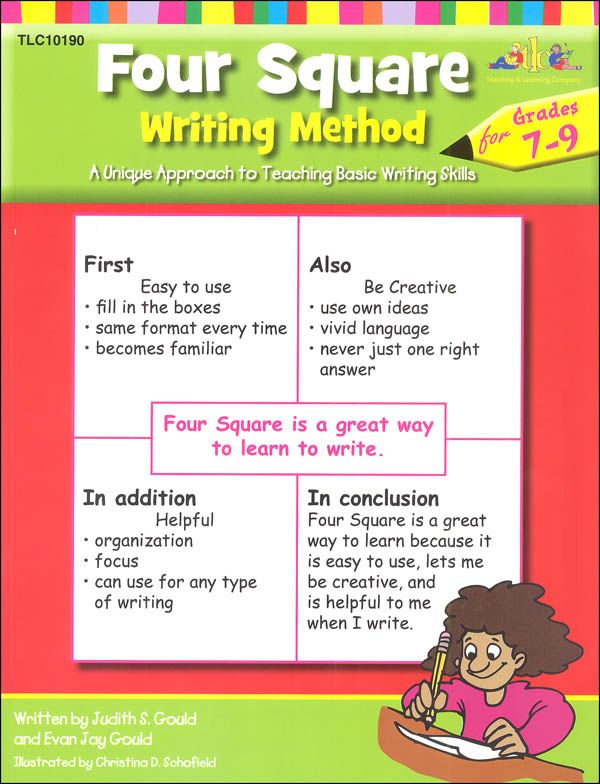 )
)
Ready for 1st Grade: Skills Kids Need
A lot of learning happens in kindergarten to help kids hit the ground running when they go into first grade. Some of the skills kids need going into first grade are social skills, like listening and taking turns. Others are more academic — the skills kids need to develop as they do more work in reading, writing, and math.
Here’s a sample of what kids should be learning by the end of kindergarten to be ready for first grade.
Literacy skills kids need for first grade
Literacy skills include both reading and writing. The two are taught together because they’re closely connected. In kindergarten, kids practice breaking words into small chunks and identifying the sounds each letter makes. (This is known as decoding.)
That’s because kids going into first grade are expected to know the alphabet and the basic features of letters and words. They’re also typically able to recognize and provide rhyming words.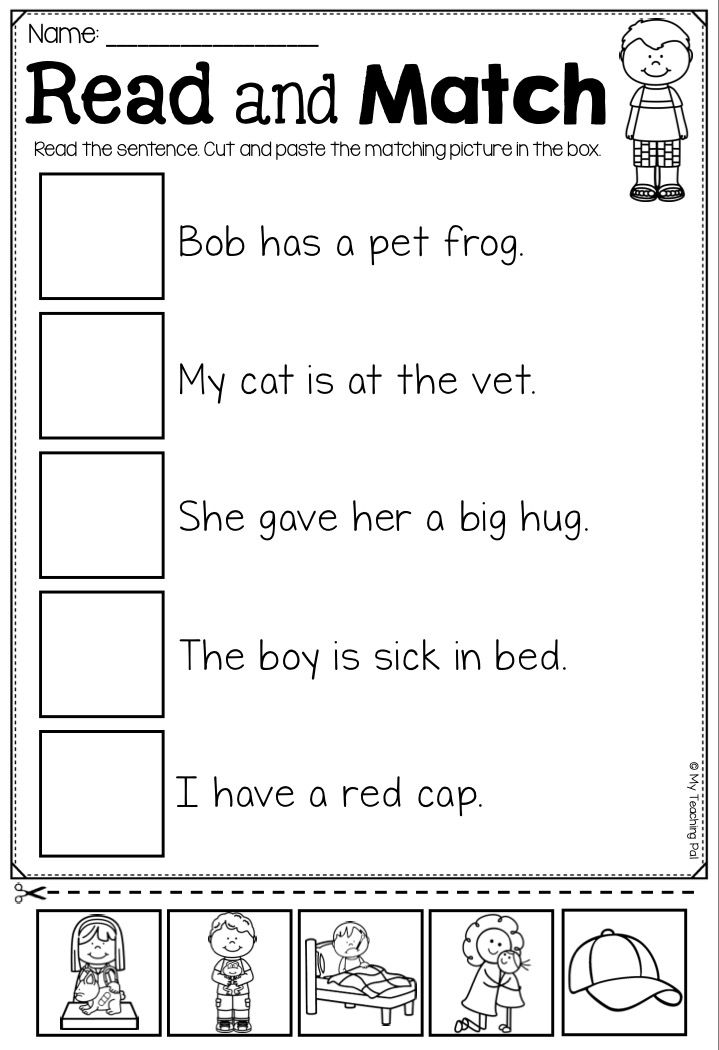 These are all skills that help emerging readers learn new words and read simple books.
These are all skills that help emerging readers learn new words and read simple books.
When it comes to writing, incoming first graders are expected to be able to write and share information in a variety of ways. This includes drawing, writing letters and words, listening to others, and speaking out loud. To help build these skills for first grade, kids do activities like these:
- Write and recognize upper- and lowercase letters.
- Match letters to sounds, make rhymes, and recognize some words without having to sound them out (teachers refer to these as sight words, and some of the first ones kids pick are and, the, and it).
- Learn and use new words to express thoughts, feelings, and ideas clearly.
- Ask and answer questions about a story the teacher reads aloud, and talk about the characters, settings, and major events in the story.
- Name the person, place, thing, or idea in a picture.
- Follow the rules of conversation by listening and taking turns talking.

- Give information about an event, topic, or opinion by drawing, talking, and writing about it.
- Participate in shared reading and writing activities (for example, the teacher reads a big picture book aloud and students take turns sharing ideas about it).
You can help your child build literacy skills at home, too:
- Learn about ways to help kids connect letters and sounds.
- Get tips to help your child develop good reading habits.
- Use fun multisensory techniques to practice writing.
Math skills kids need for first grade
There are two big math concepts kids need a strong grasp of as they go into first grade. The first is number sense — learning numbers and what they stand for, like connecting the number “5” with a picture of five apples. The other big one is addition and subtraction. Kindergartners also learn to identify and work with shapes.
Here are some activities kids do to build math skills going into first grade:
- Count how many objects are in a group (one by one) and compare it to another group to figure out which is greater or less than the other.
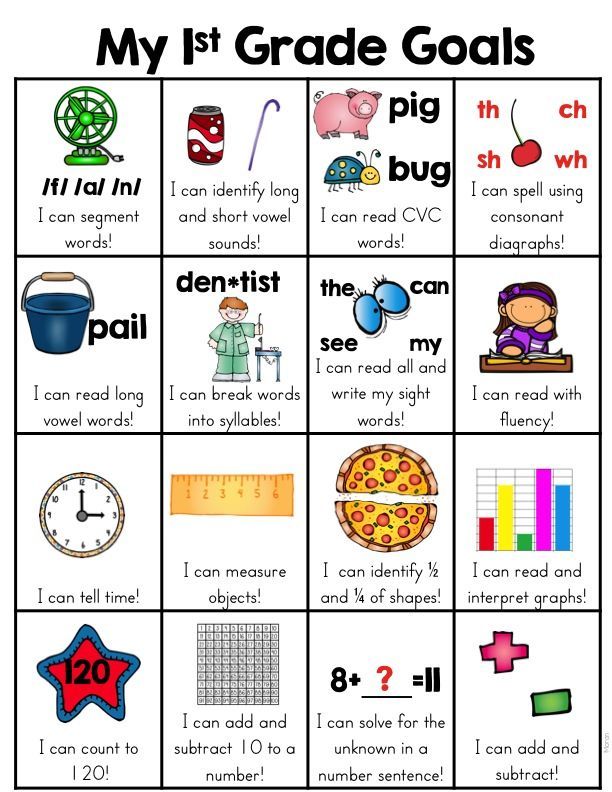
- Recognize that addition means putting two groups together and that subtraction means taking away from one group.
- Add and subtract numbers 1 through 10.
- Use objects to show how to break up numbers less than or equal to 10 in more than one way (for example, 8 erasers = 2 groups of 4 erasers, and 8 erasers = a group of 2 and a group of 6).
- Find the number of objects to make any group of 1 to 9 into a group of 10.
- Use objects or draw pictures to represent and solve simple addition and subtraction word problems.
You can help your child build math skills at home, too:
- Explore fun picture books to get your child excited about math.
- See how to use everyday household items to practice math.
- Play board games that build math skills.
Working with your incoming first grader
Take a look at your state’s academic standards to see what skills are expected for kids going into first grade. Not all states use the same standards, but many of them have similar expectations for students.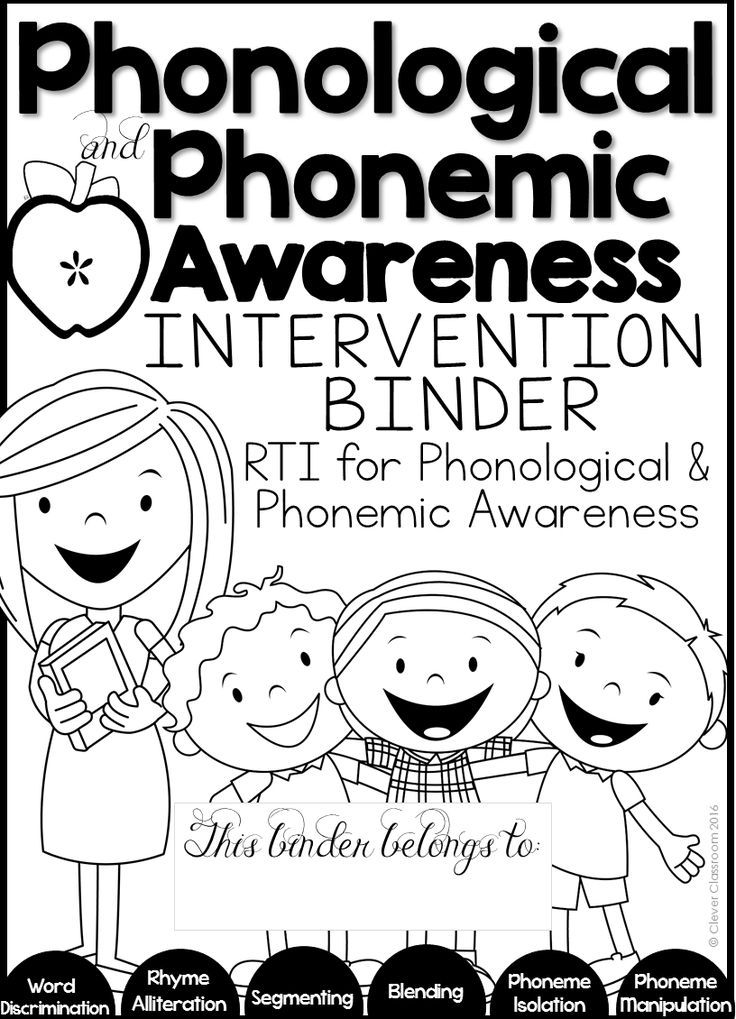
Keep in mind, too, that kids develop skills at different rates. But if your child doesn’t have most of these skills down by the end of kindergarten, it’s a good idea to check in with your child’s teacher to speak about your concerns. Together you can come up with a plan for keeping track of your child’s progress and getting ready for first grade.
Key takeaways
Incoming first graders typically know the alphabet and can add and subtract numbers 1 through 10.
There are fun ways to practice language and math skills to help your child get ready for first grade.
If you have concerns about your child’s progress, talk to the teacher to come up with a game plan.
11 Skills Today's First Graders Lack
Preparatory courses where a child is taught to read, write and count do not guarantee that a first grader is fully prepared for school. Our blogger, teacher Olga Kataeva, conducted her research and talks about the results.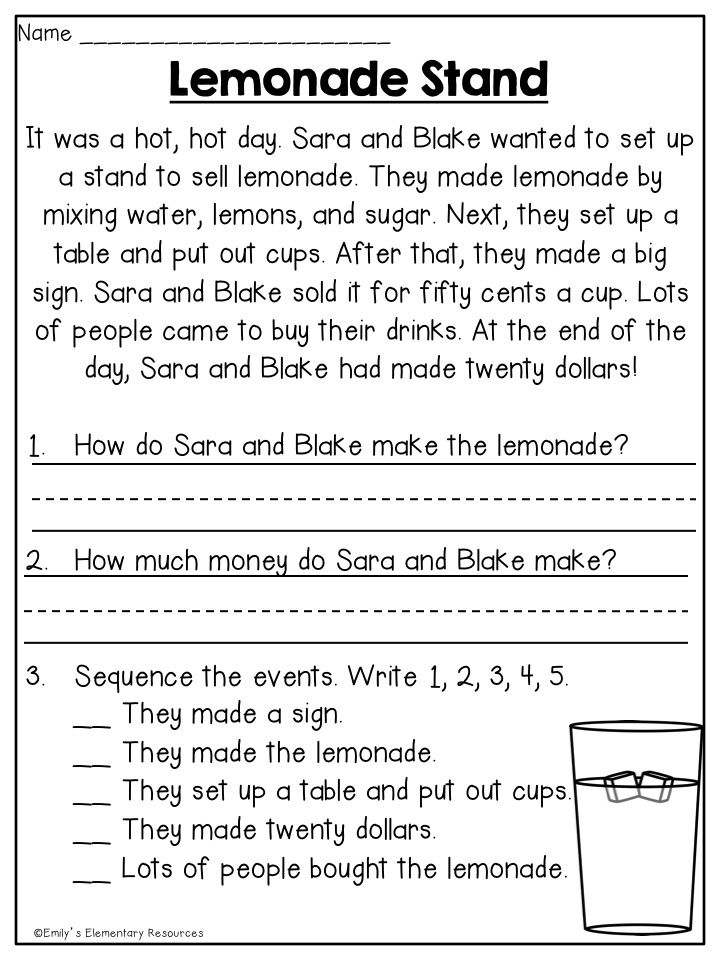
Many parents will disagree with me now, because they send their children to development centers so that they can go to school reading, counting to 1000, solving simple problems, writing letters and numbers. What else do you need? Parents believe that such preparation will greatly help the child in the first years of education. It’s not bad, of course, that a first-grader in the first weeks will prove himself in reading, writing and mathematics at a good level, and then what? I do not support such a training program.
I have worked with a “good set” (prestigious school, motivated parents, prepared children). I will make a reservation that I work in a small town in the Urals, where there are about 30,000 inhabitants, and I write only about my own many years of experience. So, I am diagnosing the readiness of these children for school in order to adjust the program, and I get the results: 16% of the children showed a level above the average, 28% - a low level, the rest - an average level of readiness for school.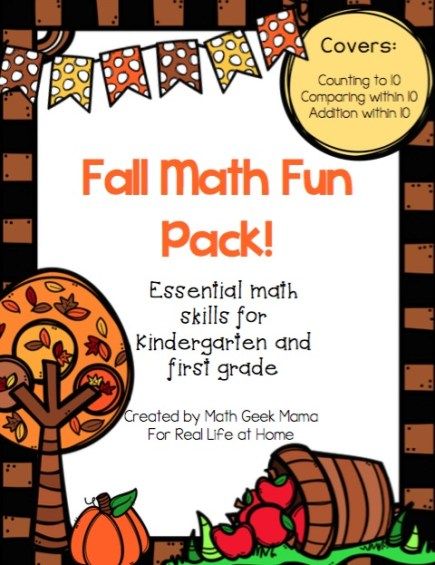
Not a single person with a high level of school readiness. I remember being surprised by this information. Most of the children read and counted. Only 4 people out of 25 could not read (and it turned out that these children had problems in speech development). The lessons passed in one breath. Everyone understands everything, they are actively working. It was like this for one quarter, and then the results of the diagnostics were confirmed: as they began to work with the texts of tasks, write words, sentences, the children “sat down”. It became clear that the entire first quarter of the work was in vain. The children "traveled" on familiar material without overcoming difficulties, and important skills simply were not formed at the proper level.
We have to admit that children come to school unprepared, which manifests itself:
- in the underdevelopment of fine motor skills;
- in unformed mathematical representations;
- in unformed speech;
- in unformed communication skills;
- in the underdevelopment of imagination and fantasy;
- in the underdevelopment of the emotional-volitional sphere;
- inability to play.
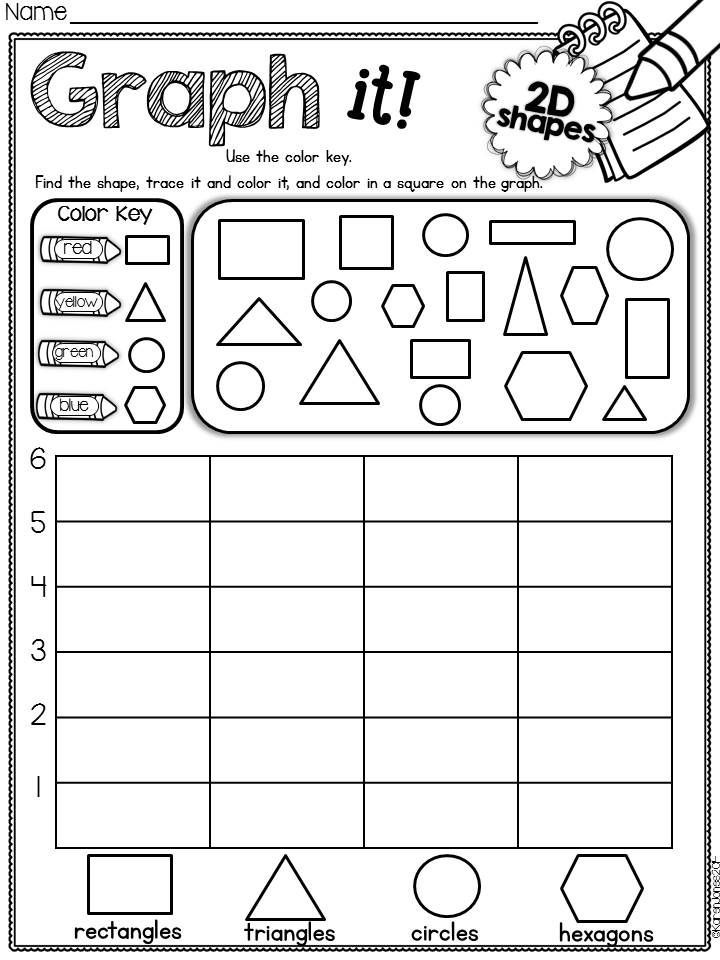
The following sets of first-graders (more prepared and less prepared - different, in general) confirmed the conclusion made: children come to school unprepared. For example, what skills are missing.
1. Ability to listen to the teacher
Pedagogical observations of first-graders show that more than 70% of students do not know how to listen to the teacher (not lectures, but elementary instructions for completing a task or explaining how to write a letter). And this is one of the most important skills: reading and oral work on the text, writing a letter, writing a letter - everything is built on it. This is also confirmed by the fact that more than 48% of people do not succeed in graphic dictation.
2. Ability to hold a pen (including the development of fine motor skills)
About 40% of children do not know how to hold a pencil, brush and pen. Approximately 28% of students hold the pen incorrectly throughout the entire further learning process.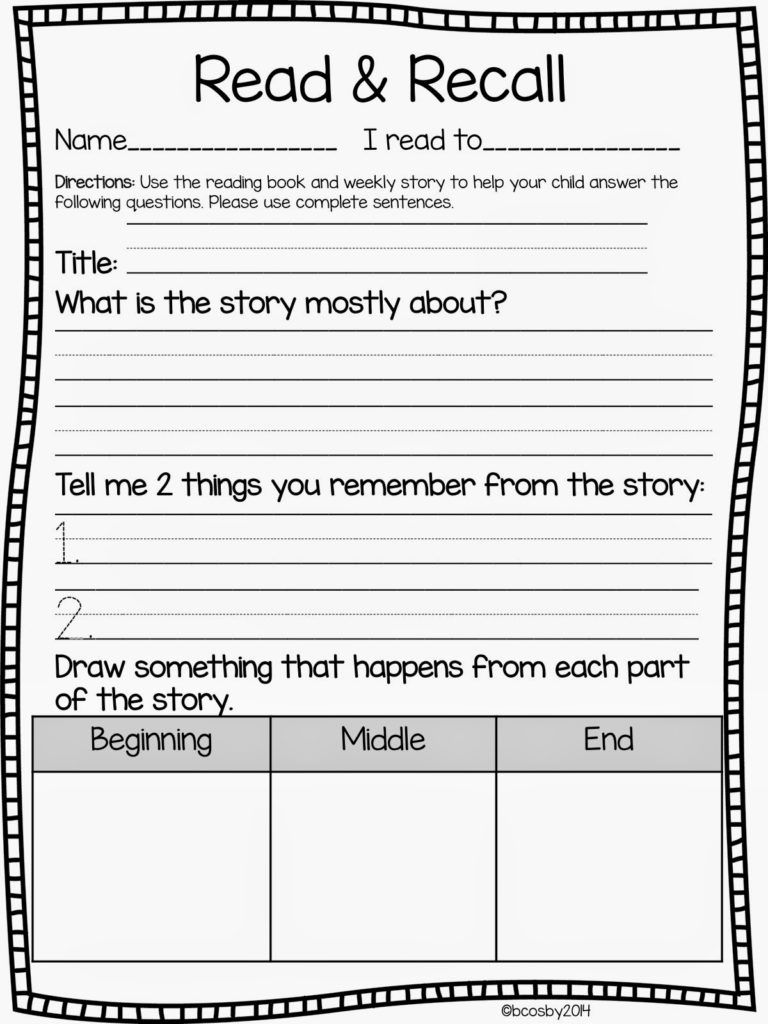 With all this, only 12% of students show a good graphic skill (line quality). For the rest, they are uneven, trembling, with weak pressure. If you diagnose the ability to cut, then only 16% of children show a sufficient level.
With all this, only 12% of students show a good graphic skill (line quality). For the rest, they are uneven, trembling, with weak pressure. If you diagnose the ability to cut, then only 16% of children show a sufficient level.
3. Spatial and structural violations
This indicator is off scale: 90% of children come to school with these disorders. Therefore, the process of learning how to make notes in notebooks, work in a line, on a sheet (ISO) - everything goes with great difficulties.
4. Ability to determine the number of sounds in a word
At the beginning of training, 52% of students cannot determine the number of sounds in a word. By the end of the first month of training, this percentage decreases to 36%, but remains in 24% of children. At the end of the year, the same percentage of children show difficulties in writing dictations.
5. Understanding the learning task
This skill is directly related to the ability to listen to the teacher.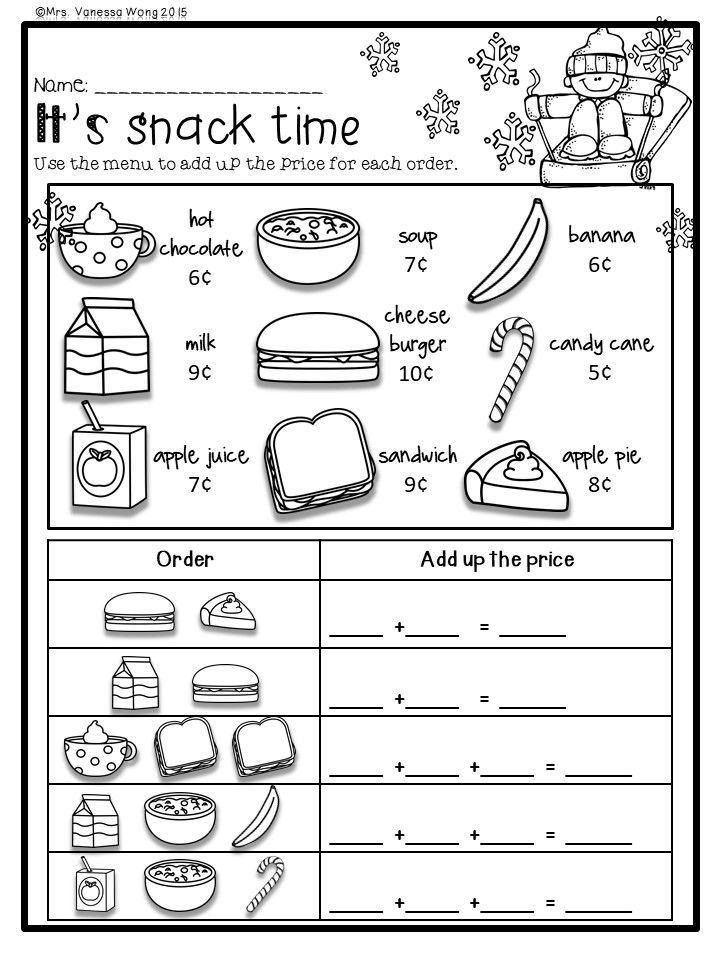 About 60% of students do not understand the learning task, they cannot follow the instructions, because they cannot keep it. With step-by-step instructions, these children do not have time, they go astray, which leads to negative results. Failure tends to reduce motivation. Children do not want to go to school, their eyes do not shine, they are bored in the classroom, it is hard for them - all this leads to stress and maladaptation.
About 60% of students do not understand the learning task, they cannot follow the instructions, because they cannot keep it. With step-by-step instructions, these children do not have time, they go astray, which leads to negative results. Failure tends to reduce motivation. Children do not want to go to school, their eyes do not shine, they are bored in the classroom, it is hard for them - all this leads to stress and maladaptation.
6. Mathematical representations
Children can easily solve simple problems, but 70% of children cannot make up a mathematical story from a picture. For about two months in mathematics, there is preparation for solving problems: working with text, working with numbers, relationships between them, visualization. Then we are surprised that children cannot solve more complex problems and, while reading, do not understand the text at all. Children come to school, they count well. At the same time, they do not know the composition of numbers well, they do not see the "volume" of the number, they cannot replace the number with a model.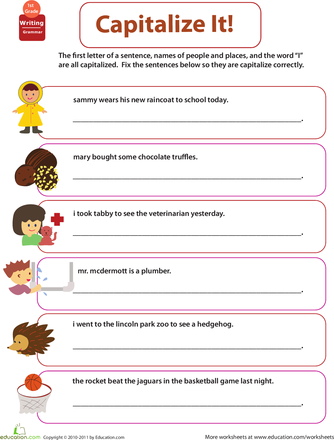
7. Ability to play
Surprisingly, 20% of students do not get involved in a game or a game situation in a lesson. At recess, only 20% of students can play a collective game, the rest cannot! Children do not know yard games, they cannot follow the rules of the game, they are offended if the game does not go the way they want, and so on.
8. Empathy
More than 60% of students do not show empathy. They cannot distinguish the intonation in the voice, they do not see the emotional state of the interlocutor/player. The ability to show empathy is necessary, for example, when working with texts on literary reading: understanding the feelings, emotions of the hero, seeing the cause-and-effect relationships of actions, the ability to rejoice, empathize, be sad.
9. Communication
Observations show that only 40% of children try to avoid conflicts. More than 50% give change to offenders. There are children who provoke conflicts, more than 20% of them turned out to be. Most of the children in the survey indicate that they will not be able to forgive the offender, they will not be able to resist not responding to the insult.
Most of the children in the survey indicate that they will not be able to forgive the offender, they will not be able to resist not responding to the insult.
10. Ability to read
80% of students come to the first grade already reading. An analysis of reading errors shows that for the majority this skill is formed incorrectly: children do not understand or distort the meaning of what they read, when reading they "swallow" the middle of a word, do not read the endings of words - guess, confuse some letters when reading, cannot read some letter combinations (sound "s" with the letter "yo"), do not see punctuation marks, read monotonously, make numerous mistakes.
11. Speech
Now up to 50% of children come with speech impairment of varying degrees. With the ability to read, the vocabulary is not rich and the outlook is not sufficiently developed. Children have difficulty answering quiz questions on fairy tales, they cannot title the text, determine the main idea (in small texts from the alphabet).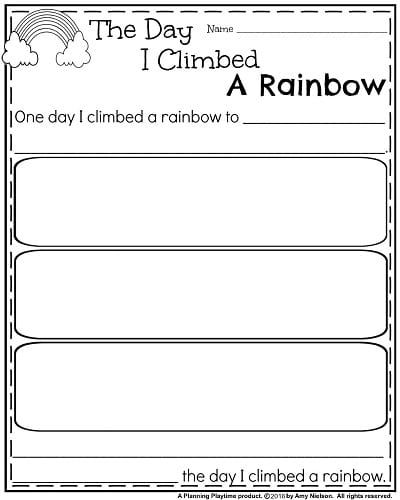 They do not show curiosity, they will not ask if they do not know the meaning of the word. They cannot express their thoughts, they find it difficult to choose words and other things.
They do not show curiosity, they will not ask if they do not know the meaning of the word. They cannot express their thoughts, they find it difficult to choose words and other things.
You are in the "Blogs" section. The opinion of the author may not coincide with the position of the editors.
11 everyday skills necessary for a first grader
Contacts
11 everyday skills necessary for a first grader
- Details
- Author: Galina
- Category: Preparing for school
Rating: 5 / 5
Please rate Grade 1 Grade 2 Grade 3 Grade 4 Grade 5 Usually, parents worry about whether the child has learned to read and write at least in block letters before entering the 1st grade.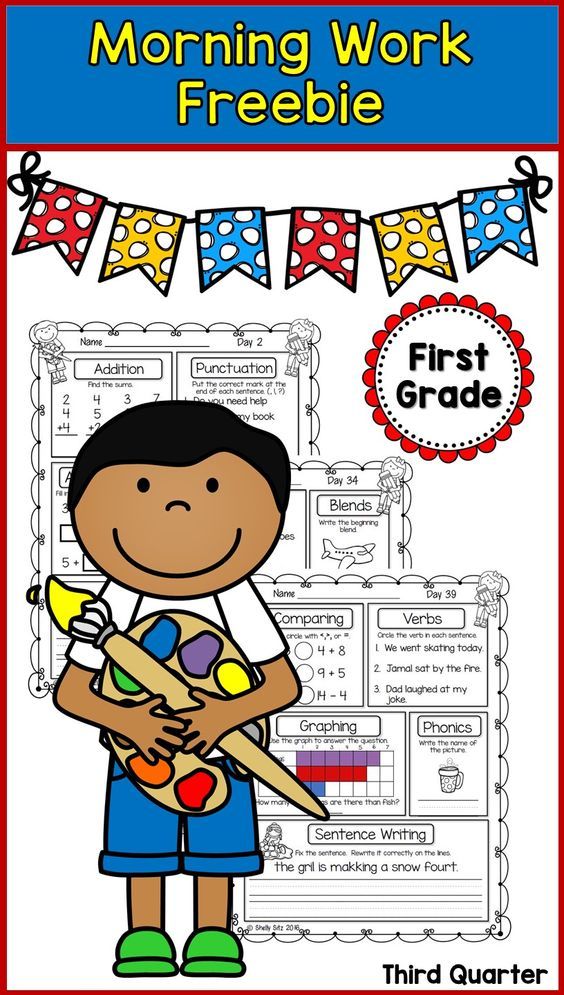 Can he count? What does he know about the environment? But this is not all that can be useful at school.
Can he count? What does he know about the environment? But this is not all that can be useful at school.
Equally important are well-formed everyday skills that make the baby self-sufficient and independent. If there are no skills or they are weak, it is necessary to closely engage in their training. By the First of September, the problem should be solved.
Self-reliant skills
Parents, check the following.
1. Can the future student eat quickly .
Meals at school take place during a big break, which lasts 15 minutes. Eating means: together with the class we reach the dining room, wash our hands, eat what we have cooked, clean the dishes, return to the classroom. For everything about everything 15 min. Practice: will the child be able to complete the entire chain at the required pace. This can be done at home and in kindergarten.
2. Changing clothes quickly is an important skill.
If classmates have already changed into physical education, and your child is digging, most likely, the child will be ridiculed.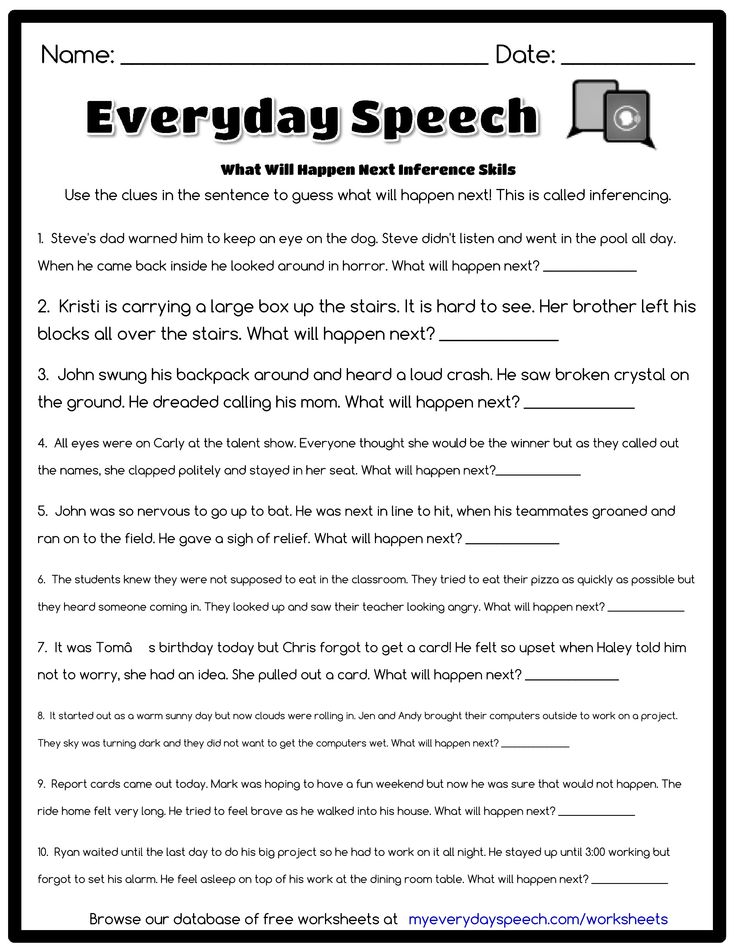 It will be embarrassing. And with the onset of cold weather, who will dress and undress him in the locker room? Especially in the morning when everyone is rushing to class at the same time. Practice while there is time.
It will be embarrassing. And with the onset of cold weather, who will dress and undress him in the locker room? Especially in the morning when everyone is rushing to class at the same time. Practice while there is time.
3. Does recognize his clothes?
Mothers often scold first graders for bringing home someone else's clothes. This happens not only due to inattention. More often because the first grader does not know how his clothes look. The skill acquires particular relevance when changing clothes for physical education: everyone has the same or similar uniform bought at the nearest supermarket (white T-shirts, for example). Sew personal tags on things, and teach your baby to navigate them, looking for his clothes in a dump of things.
4. Does the child take care of his own appearance.
Probably not. Therefore, try for the remaining six months to accustom the child to neatness. Does he know how to neatly put things, for example, a physical education uniform, into a bag. They teach this in kindergarten. But what will the child do when no one checks him? It is possible that he will simply shove it at random. All together: a white T-shirt and sports shoes.
They teach this in kindergarten. But what will the child do when no one checks him? It is possible that he will simply shove it at random. All together: a white T-shirt and sports shoes.
5. Teach how to take care of school stationery .
The parents themselves say that this is unrealistic, but you still have to try. Office supplies are lost endlessly.
6. Does the workplace contain in relative order .
7. Teach you to pack your satchel the day before .
This teaches a first-grader to focus on the lesson schedule when getting ready for school, and not to drag everything there.
8. Teach student about food control if they have a food allergy to something.
There are a lot of allergic schoolchildren now. Clearly knowing your limitations, being able to refuse junk food is a vital habit.
9. Teach money handling .
When you leave a first-grader in an extension, you give money for a buffet.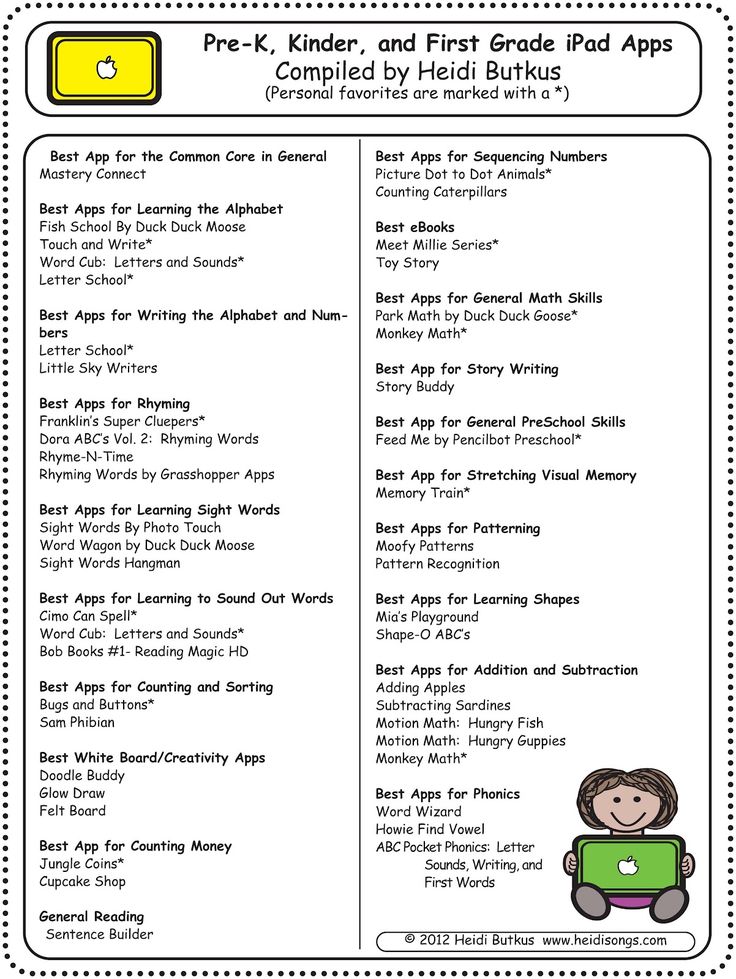 The student must be able to properly manage financial resources. Well, at least not to lose.
The student must be able to properly manage financial resources. Well, at least not to lose.
10. Hygiene skills.
For example, wash your hands after using the toilet, after returning from a walk. When sneezing or coughing, cover your mouth and nose with your hand bent at the elbow or with a handkerchief.
11. Does he know elementary ways to get out of difficult situations .
Whatever happens, the student must know who to turn to, what to say. Discuss and play difficult situations many times, bring the reaction to automatism.
Some of the necessary skills children acquire spontaneously, including by looking at us. Watch yourself. But this is not enough. Do not be lazy, find out what other skills the future first grader lacks. Arrange training and role-playing games. Learn to draw mind maps.
Remember! The main method of teaching kids games and pictures-diagrams.
- Forward

